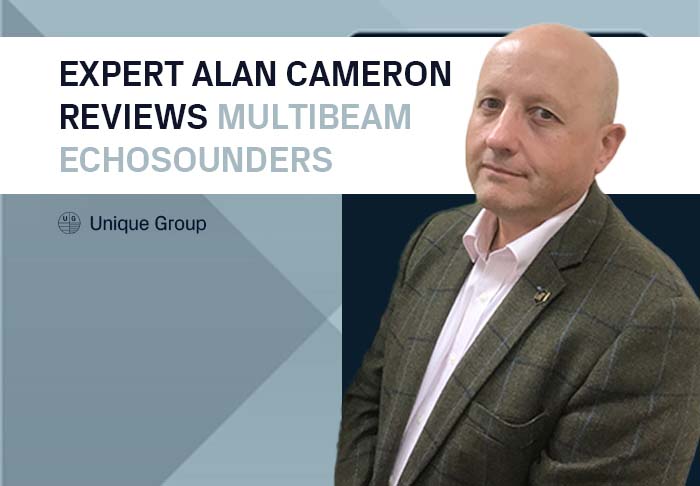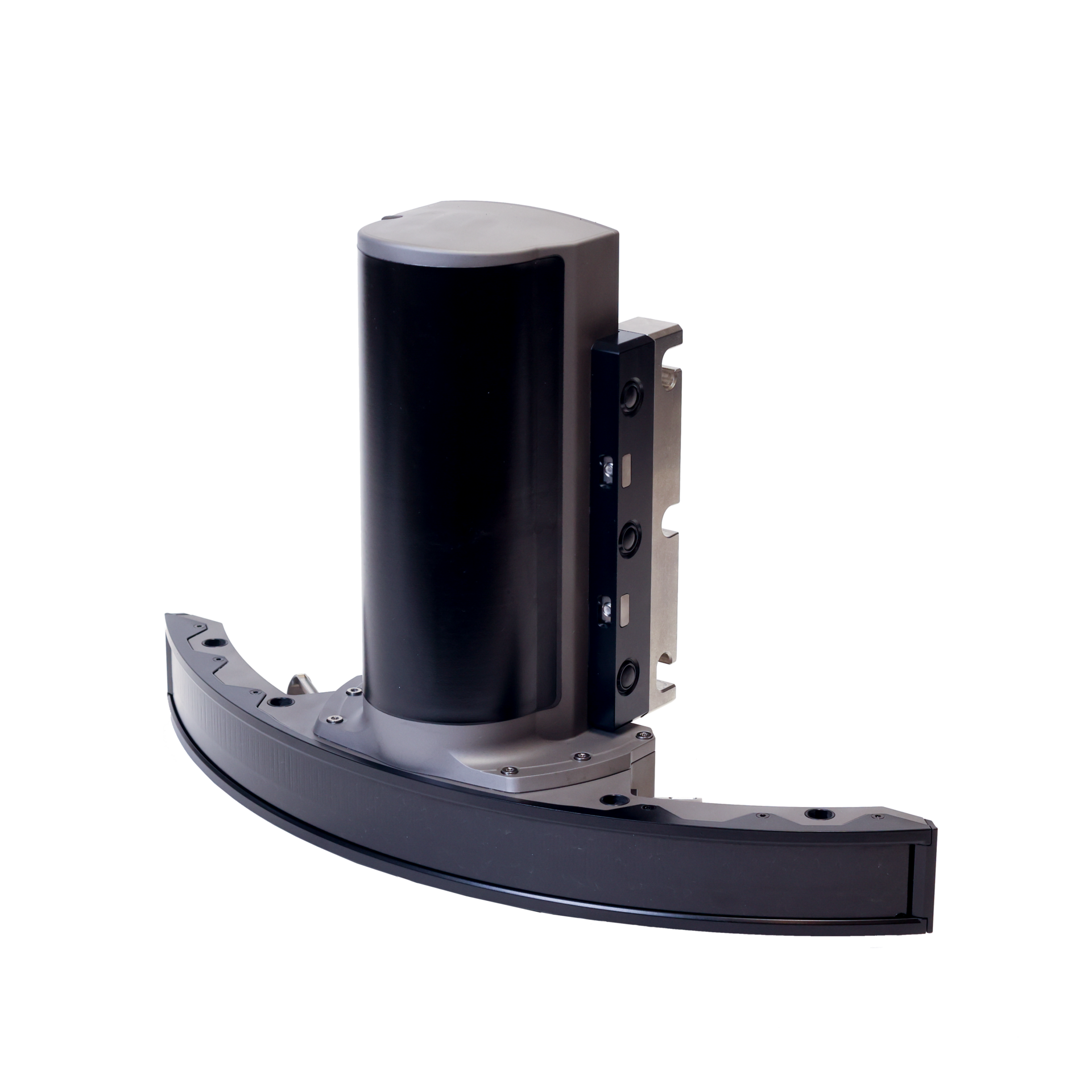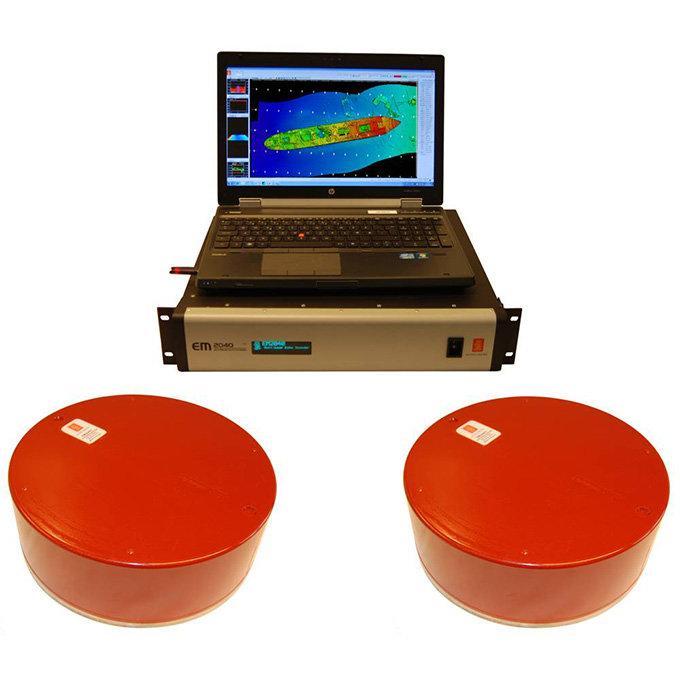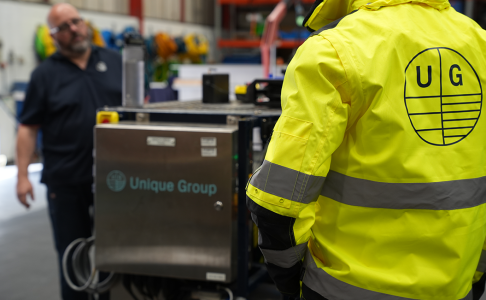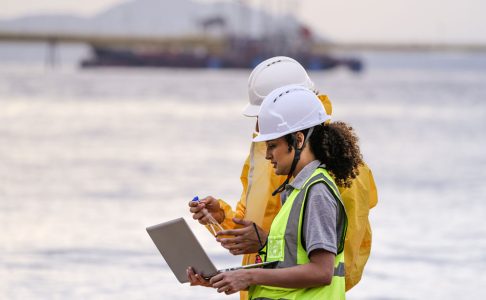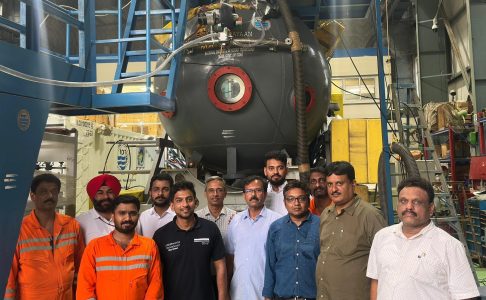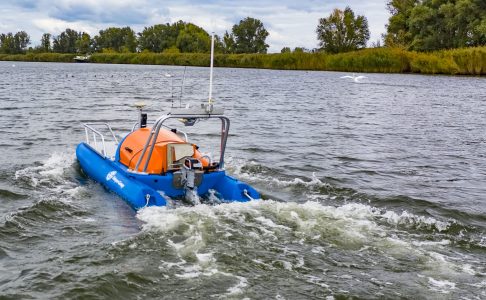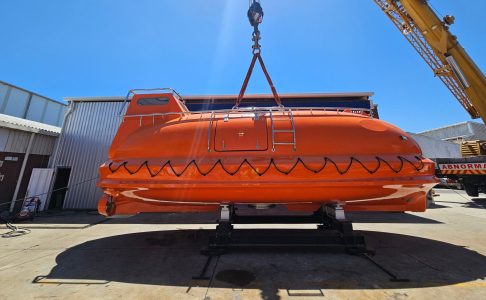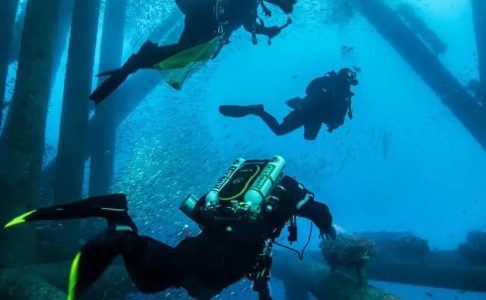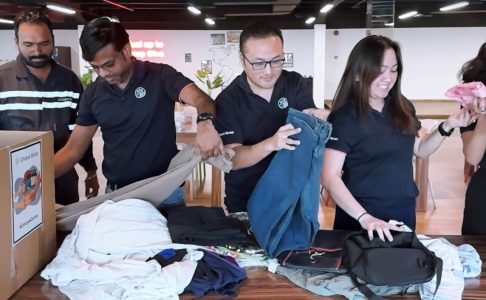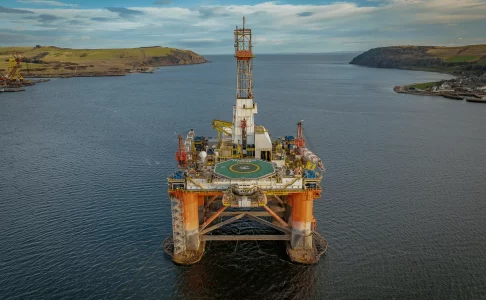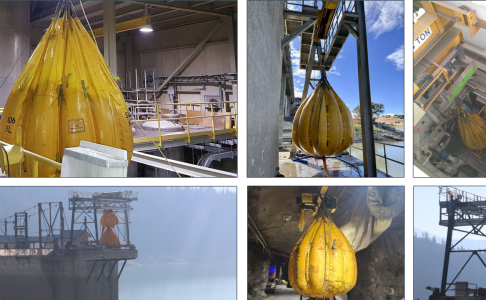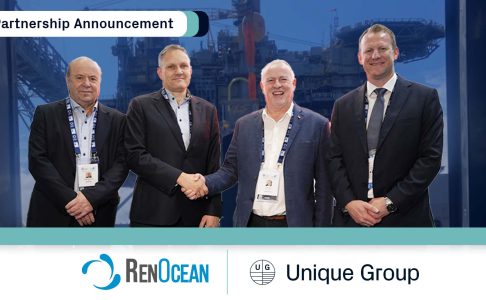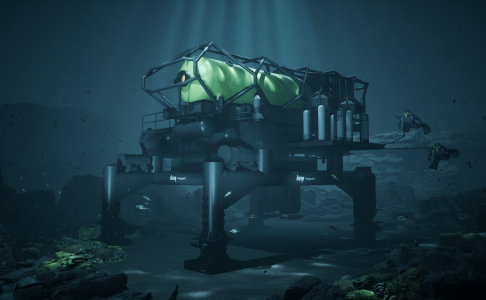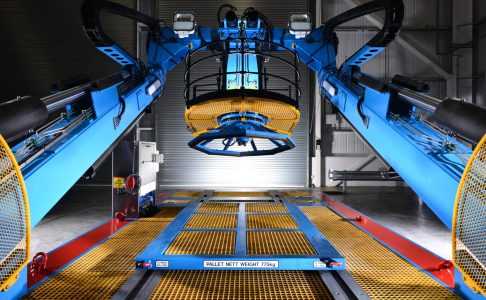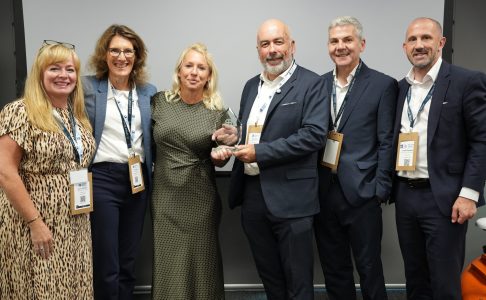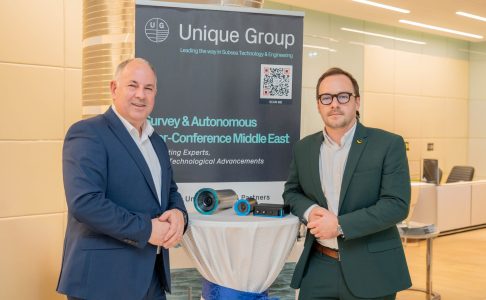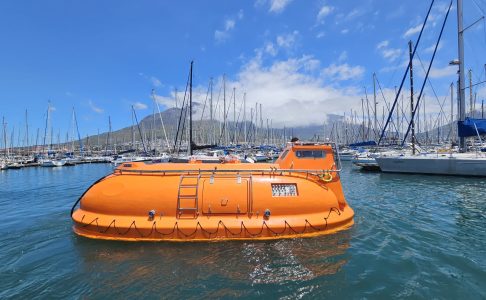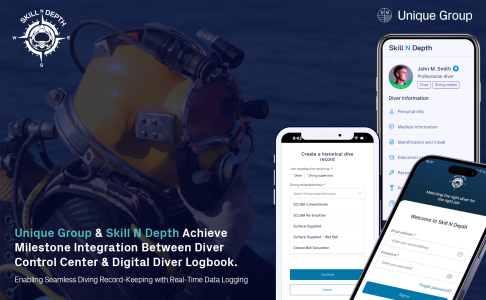Alan Cameron’s comparison of leading multibeam echosounders ( Norbit B44 Winghead, R2Sonic 2024, Kongsberg 2040, Norbit 79 Winghead and Teledyne T50 P/R) highlights differences in beam angle, deployment types, price tiers, and subsurface use cases—designed to help professionals quickly pick the right tool.
Key Takeaways
- Norbit B44 Winghead
– Extremely wide swath (210°), high resolution, compact and roll-stabilized
– Ideal for fast mobilization—but premium pricing and newer in the field -
R2Sonic 2024
– Proven performer for both vessel- and ROV-mounted surveys, with versatile firmware options
– Slightly narrower swath than Winghead; older models may need cable updates -
Kongsberg 2040
– High-end, long-range system with multifrequency backscatter and water-column detection
– Best for vessel use; multiple transducer configurations can complicate integration -
Choosing the right system comes down to survey depth, platform type (ROV/USV/vessel), beam resolution needs, and budget constraints.
Multibeam echosounder systems are critical equipment for hydrographic surveying that use sound waves to generate detailed images of the seafloor. This advanced sonar technology, along with state-of-the-art underwater mapping instruments, plays a vital role in producing high-resolution seafloor maps. By using a series of angled beams to create a wide swath of coverage, these systems enable precise mapping and data collection.
Expert Review of MBES Systems
We asked our Survey Equipment Technical Authority, Alan Cameron, to share his expert insights on various Multibeam Echosounder systems. In his review, he evaluates not only the industry-leading bathymetric systems but also touches on how these devices compare with other marine geophysical equipment and subsea survey systems available today. Read on to find out his detailed assessment of these cutting-edge survey tools and get tips on choosing the best equipment for your project.
| NORBIT B44 WINGHEAD
A class-leading ultra-high resolution curved array bathymetric system, designed for rapid “anywhere anytime” mobilization featuring the highest standard industry-leading integrated GNSS/INS positioning system. Pros:
Cons:
|
|
| R2SONIC 2024
A user-friendly high-resolution multibeam echosounder that has proved to be an industry standard, both vessel-mounted and also ROV mounted. Various specifications and operating modes are available including Ultra High Density, Ultra High Resolution, Multi-frequency Bathymetry, Multi-spectral Back-scatter, Truepix, and pipeline mode. Pros:
Cons:
|
|
| KONGSBERG 2040
This multibeam echo sounder is a high-end, long-range, multifunctional sonar system. Its operating frequency range is from 200 to 400 kHz with frequency selection in steps of 10 kHz, enabling the user to choose on the fly the best operating frequency for the application. Pros:
Cons:
|
|
| NORBIT 79 WINGHEAD
It has a multibeam sonar with an integrated inertial navigation system and NTRIP client. It offers roll-stabilised bathymetry and several imagery and backscatter outputs ensuring the highest quality survey data performance. Pros:
Cons:
|
|
| TELEDYNE T50 P/R
This system is frequency agile from 190 to 420 kHz allowing for improved swath performance and reduced survey time under difficult conditions. It is designed for fast mobilization on smaller vessels with a portable sonar processor and sonar head securing low space requirements. Pros:
Cons:
|
|
Parameters to Identify the Best MBES for Your Project
- Frequency: This is an essential parameter to consider as it determines the water depth that can be effectively surveyed and the accuracy of the data collected.
- Beamwidth: Beamwidth describes the individual beams created by the system. Systems with narrow beamwidth are suitable for precise data collection. For high-frequency systems, you can have beamwidth down to 0.3 degrees
- Number of Beams: Typically, the higher the number of beams, the higher the resolution.
- Swathe Coverage: This is the viewing angle that the multibeam can obtain data. A wider swath coverage results in greater area coverage but may also compromise resolution and data quality at high angles from vertical.
- Pulse Length: The pulse length of the transmitted pulse determines the resolution of the data collected. Longer pulses provide better range performance, but the resolution decreases.
- Operating Depth: Some echo sounders are designed for shallow waters, while others are designed for deeper waters. When choosing one for your project, you need to ensure you pick the most suitable system that provides the best resolution at the required range.
- Environmental Conditions: The environmental conditions of the intended area of operation, such as temperature, salinity, and pressure, can also influence the performance of the echosounder.
- Ancillary Sensors: MBES can only obtain high-quality data when the quality of the ancillary sensors is also high.
- Data Processing Capabilities: The data processing capabilities of the echosounder system should be compatible with the intended data processing software used by the project. It is important to verify the compatibility of the software and processing power required for the data collected by the multibeam echosounder.
Choosing the right multibeam echosounder system can enhance the accuracy, quality, and efficiency of the data collected and aid in achieving your project’s goals. We have a wide range of Multibeam Echosounders in our portfolio from leading global brands such as EdgeTech, R2Sonic, Teledyne, Norbit and Kongsberg. If you have any requirements for your project, reach out to our experienced technical team and we will find the right solution for you based on your requirements.
